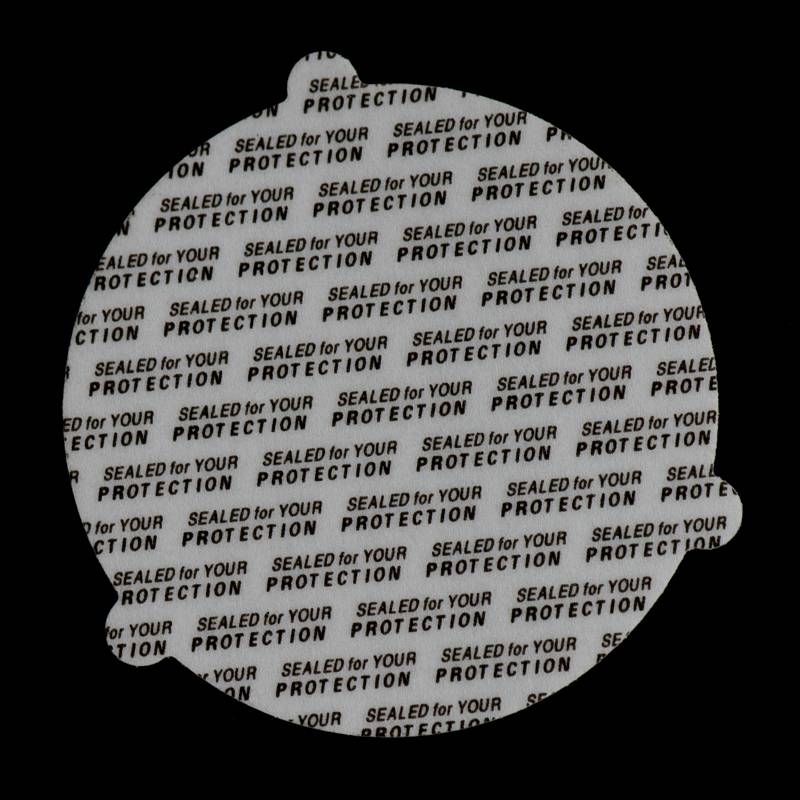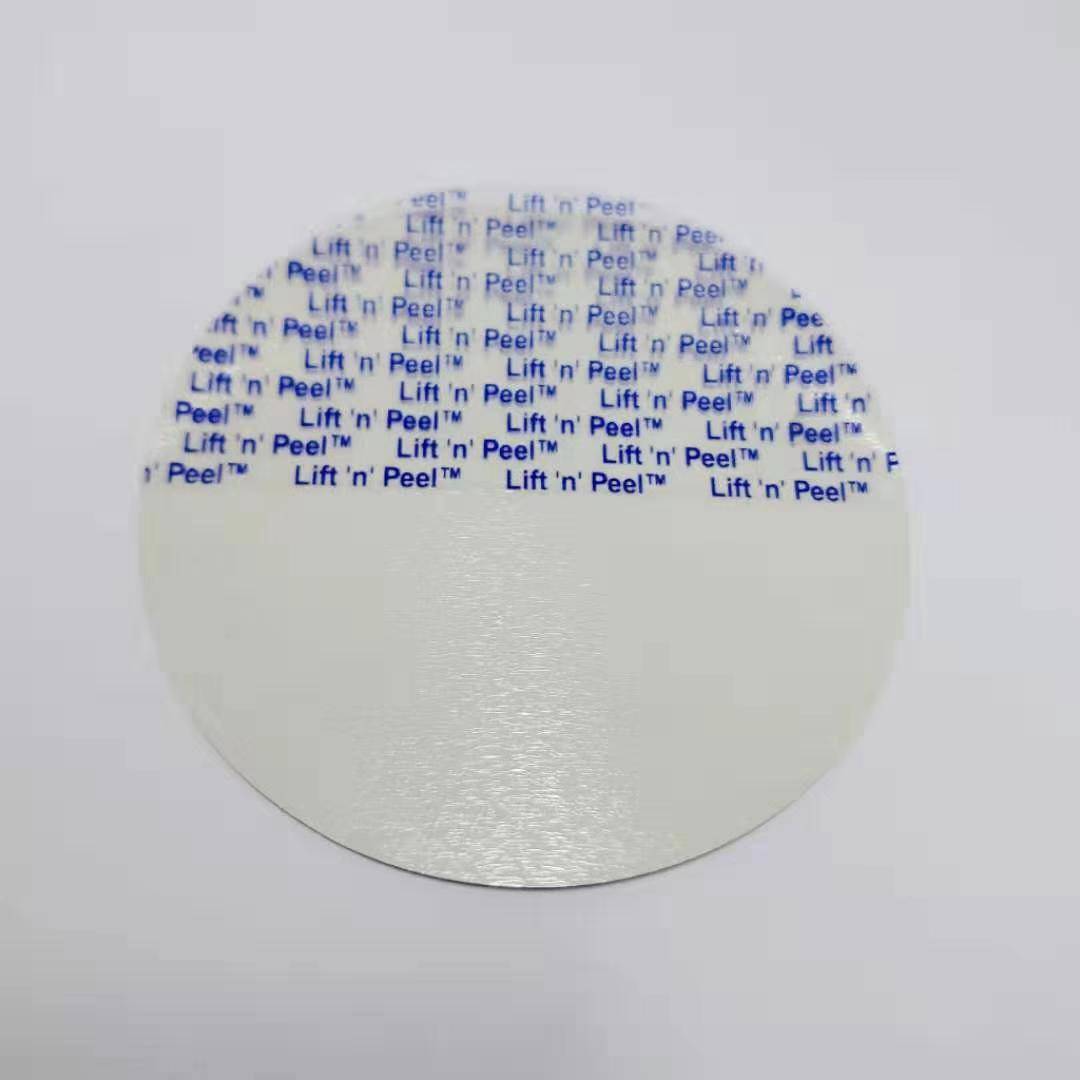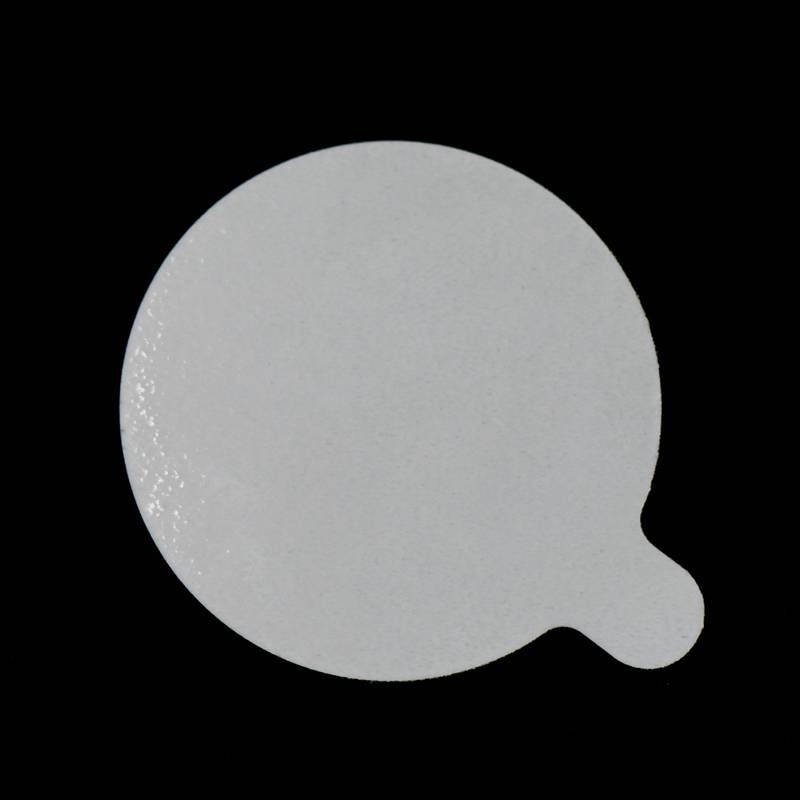
Products
One of Hottest for Foil Cap Liner - Two-piece Heat Induction Seal Liner with Paper Layer – Ziling Packaging
One of Hottest for Foil Cap Liner - Two-piece Heat Induction Seal Liner with Paper Layer – Ziling Packaging Detail:
Two-piece Heat Induction Seal Liner with Paper Layer
This liner is made up of aluminum foil layer and backup layer. It needs the induction seal machine. After induction machine provides a heat-seal laminate hermetically sealed to the lip of a container, the aluminum layer is sealed on the lip of the container and the secondary layer (cardboard of form) is left in the cap. The secondary liner as the reseal liner is left in the cap after heating process.
Specification
Raw material: Backing Material + Wax + Paper Layer + Aluminum Foil + Plastic Film + Sealing Film
Backing Material: Pulp board or Expanded Polyethylene (EPE)
Sealing Layer: PS, PP, PET, EVOH or PE
Standard Thickness: 0.2-1.7mm
Standard Diameter: 9-182mm
We accept customized logo, size, packaging and graphic.
Our products can be die-cut into different shapes and sizes upon request.
Heat sealing temperature: 180℃-250℃, depend on the material of the cup and the environment.
Package: Plastic bags – paper cartons – pallet
MOQ: 10,000.00 pieces
Delivery Time: Fast delivery, within 15-30 days which depends on the order quantity and production arrangement.
Payment: T/T Telegraphic Transfer or L/C Letter of Credit
Product Features
The aluminum layer is sealed on the lip of container.
The secondary layer (cardboard of form) is left in the cap.
Print patterns or trademarks on the inner paper layer
Suitable for the screw capping PET, PP, PS, PE, high barrier plastic bottles
Good heat sealing.
A wide heat sealing temperature range.
High quality, non-leakage, anti-puncture, high clean, easy & strong sealing.
Barrier of air and moisture.
Long guarantee time.
Application
1- Motor, Engine, and Lubricant Oil products
2- Edible Oil products
3- Medicine products (Pharmaceutical factories for Tablet, Gel, Cream, Powders, Liquids, etc.)
4- Food Products.
5- Beverages, Fruit Juice, Butter, Honey, Mineral Water
6- Pesticides, Fertilizers, and Chemicals
7- Cosmetics
Recommendation
• Agrochemicals
• Pharmaceuticals
• Nutraceutical Products
• Foods & Beverages
• Lubricants
• Cosmetics, etc.
Factors Affecting Sealing
Contact width of sealing surface: the larger the contact width between sealing surface and gasket or packing, the longer the path of fluid leakage and the greater the flow resistance loss, which is beneficial to sealing. However, under the same compression force, the larger the contact width, the smaller the specific pressure. Therefore, the appropriate contact width should be found according to the material of the seal.
Fluid temperature: the temperature affects the viscosity of the liquid, thus affecting the sealing performance. With the increase of temperature, the viscosity of liquid decreases and the viscosity of gas increases. On the other hand, the change of temperature often leads to the deformation of the sealing components and easy to cause leakage.


Product detail pictures:
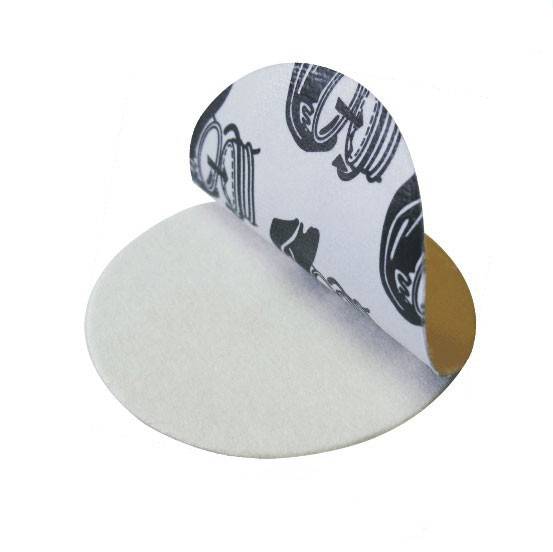
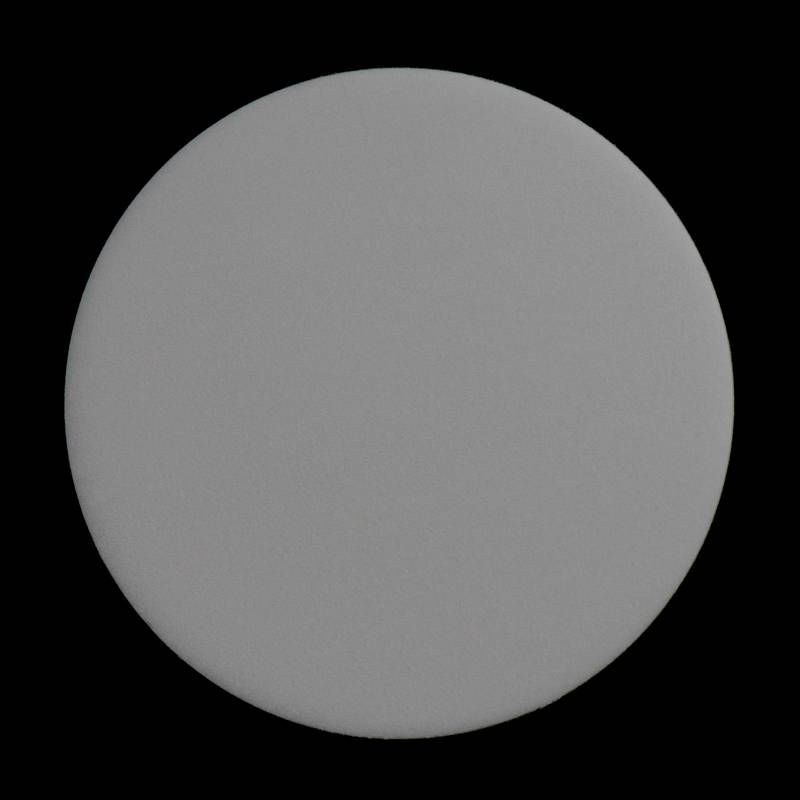
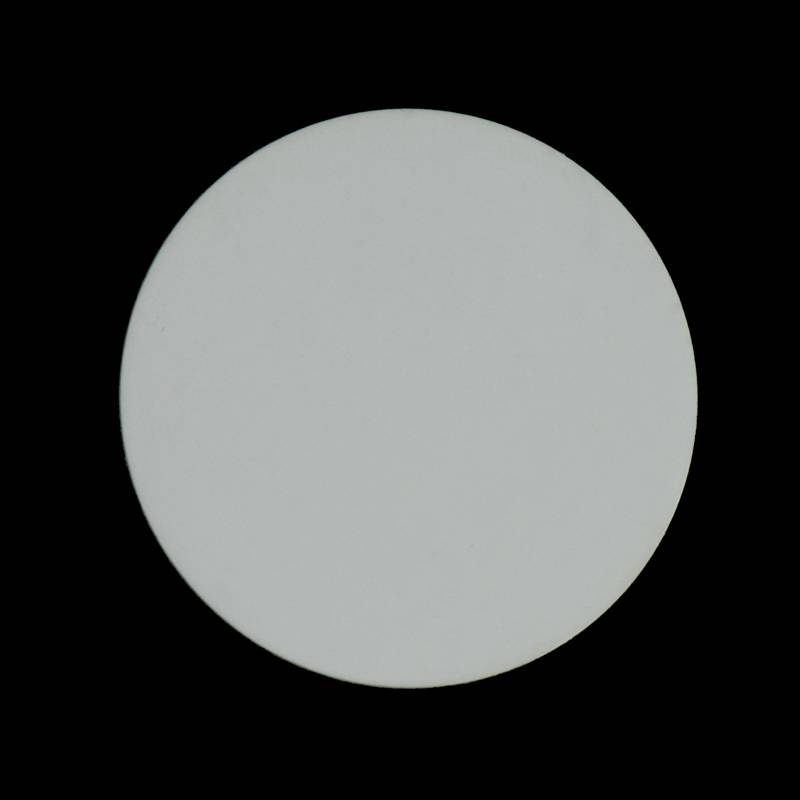
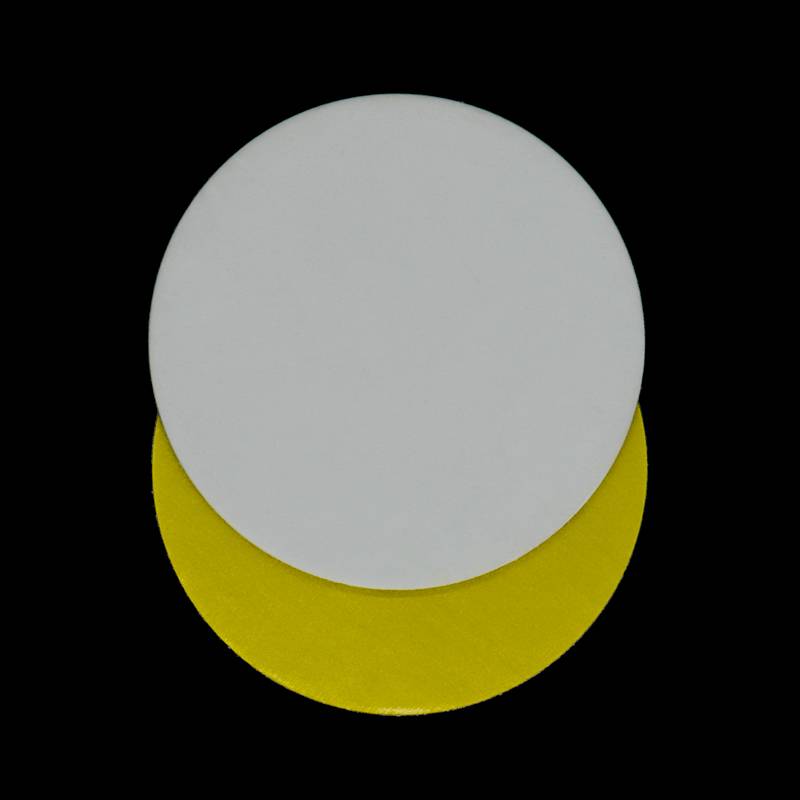
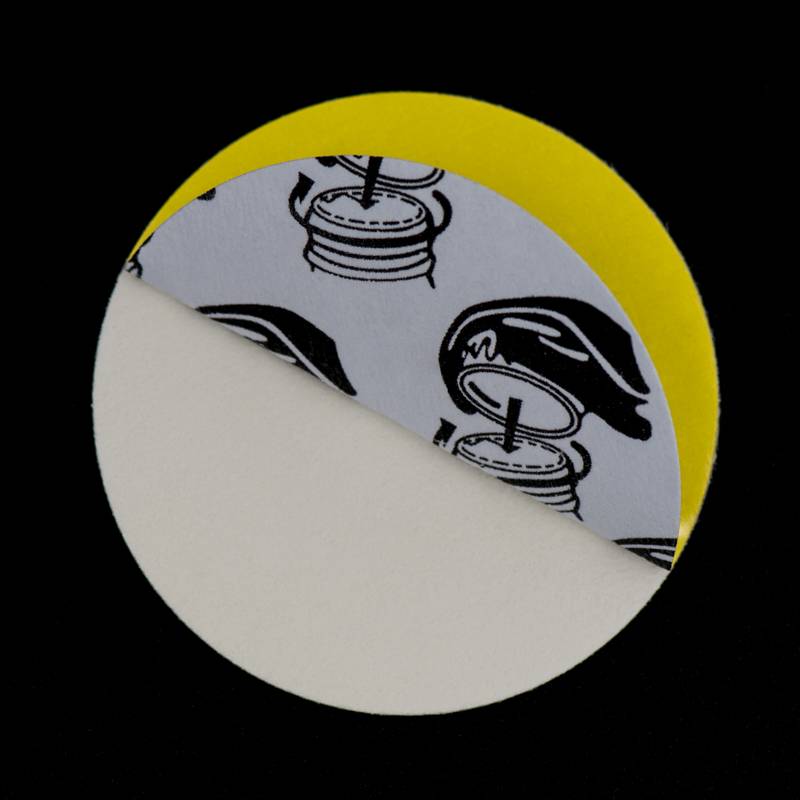

Related Product Guide:
We hold strengthening and perfecting our items and repair. At the same time, we get the job done actively to do research and progress for One of Hottest for Foil Cap Liner - Two-piece Heat Induction Seal Liner with Paper Layer – Ziling Packaging , The product will supply to all over the world, such as: Saudi Arabia, Estonia, Paris, With a team of experienced and knowledgeable personnel, our market covers South America, the USA, the Mid East, and North Africa. Many customers have become our friends after good cooperation with us. If you have the requirement for any of our products, please contact us now. We are looking forward to hearing from you soon.
Staff is skilled, well-equipped, process is specification, products meet the requirements and delivery is guaranteed, a best partner!

